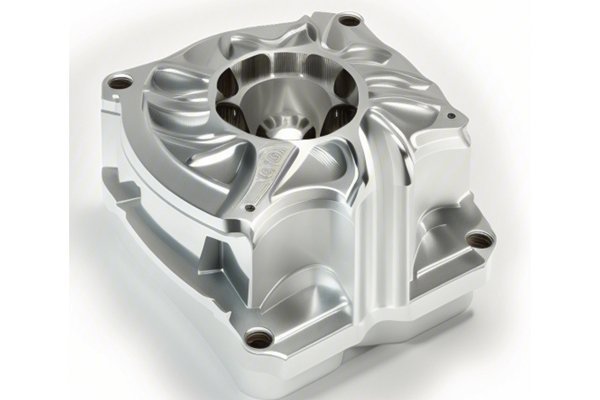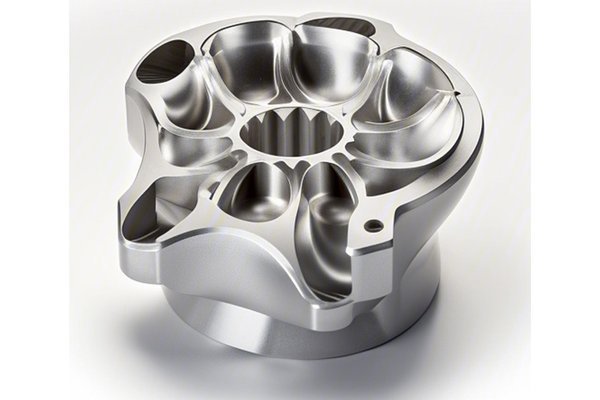: An Eye-Opening Fact
Did you know that up to 70% of the total cost in machining operations can be attributed to tool wear and damage due to excessive heat? This significant figure underscores the importance of implementing effective cooling strategies in machining. As manufacturing processes evolve, the need for precision, efficiency, and product quality has never been more critical. In this blog, we will explore how cooling strategies can considerably enhance machining operations, offering detailed solutions to common temperature-related challenges faced by manufacturers today.
The Importance of Cooling in Machining
Cooling plays a pivotal role in the machining process. When metals are machined, friction between the cutting tool and the workpiece generates heat. This increased temperature can lead to several adverse outcomes:
Given these challenges, effective cooling strategies are essential for optimizing machining performance.
Understanding Different Cooling Methods
Flood cooling involves the continuous application of a coolant to the cutting area. This method is commonly used in traditional machining processes and boasts several advantages. Here’s a detailed examination:
Implementation Tips:
To optimize flood cooling, consider using high-grade cutting fluids that withstand high temperatures and have good lubrication properties. Regularly monitor and maintain coolant conditions to ensure peak performance.
Mist cooling is a more modern approach, utilizing a fine spray of coolant to create a mist around the cutting area. This technique aims at reducing the quantity of coolant used while optimizing its effectiveness.
Implementation Tips:
Invest in high-quality mist cooling systems and periodically assess their performance to ensure consistent coverage. Adjust the mist concentration based on specific machining processes and materials.
Minimum Quantity Lubrication is an advanced method that uses minimal amounts of coolant, often just drops, directly to the cutting edge. This approach has gained popularity due to its efficiency and environmental benefits.

Implementation Tips:
Ensure that the cutting fluid used in MQL systems is specifically designed for this purpose, providing adequate lubrication and cooling properties. Test various volumes and application methods to find the optimal balance for your specific machining operation.
Cryogenic cooling employs liquefied gases, such as liquid nitrogen, to cool the cutting tool and workpieces at extremely low temperatures. This method is particularly effective for hard-to-machine materials.
Implementation Tips:
Train personnel in handling cryogenic materials safely and ensure that leak detection systems are installed within the machining environment. Evaluate the potential return on investment based on expected longevity and performance improvements.
Analyzing Material Compatibility
Different materials require unique cooling strategies based on their properties. Here’s how to select the best cooling method based on material:
With steel, particularly in high-speed machining, flood cooling is often effective, particularly for bulk operations. However, for specific grades prone to high tool wear (like hardened tool steel), consider cryogenic cooling for enhanced tool life.
Aluminum can produce excessive chips and heat, leading to poor surface finish if not managed properly. Flood cooling or MQL strategies can work effectively in managing the heat and preventing chip buildup.
These materials are prone to significant work hardening. Cryogenic cooling or mist cooling can prevent tool wear and ensure surface integrity without generating excessive heat.
When machining plastics, excessive heat can cause melting or warping. Mist cooling or MQL methods are advisable as they reduce the overall amount of coolant and mitigate the risk of heat damage.
Impact of Cooling Strategies on Efficiency and Quality
Implementing appropriate cooling strategies profoundly affects machining efficiency and product quality. Here’s how:
Enhanced Tool Life
Effective cooling reduces wear and extends tool longevity, translating to cost savings in replacement and downtime.
Improved Surface Finish
Proper cooling techniques lead to better heat management, allowing for sharper cutting edges and smoother finishes on machined components.
Increase in Dimensional Accuracy
With thermal expansion minimized, the dimensional accuracy of the finished product is maintained, resulting in fewer rework and higher customer satisfaction.
Efficiency in Chip Management
Cooling strategies can facilitate better chip removal, preventing issues with chip re-cutting that can adversely affect surface quality.
: Why Cooling Strategies Matter
In conclusion, the implementation of effective cooling strategies in machining is essential for improving efficiency, product quality, and operational longevity. Each method—flood cooling, mist cooling, minimum quantity lubrication, and cryogenic cooling—has its unique benefits and challenges, making it crucial for manufacturers to choose a method based on their specific material, application, and operational context.
As manufacturers continue to operate in highly competitive markets, it is vital to optimize every aspect of their processes. Cooling strategies not only enhance efficiency and reduce costs but also play a critical role in maintaining a high standard of product quality—one that meets customer demands and industry standards.
By adopting tailored cooling solutions, manufacturers can significantly improve their machining operations and safeguard their competitive edge. This blog highlights the importance of cooling in machining, urging businesses to reflect on and invest in advanced cooling technologies. In a world where precision and efficiency spell success, reevaluating your cooling strategies could be a defining step toward excellence in manufacturing.
—






